Home>Gardening & Outdoor>Plant Care & Gardening Tips>What Does A Wildflower Symbolize
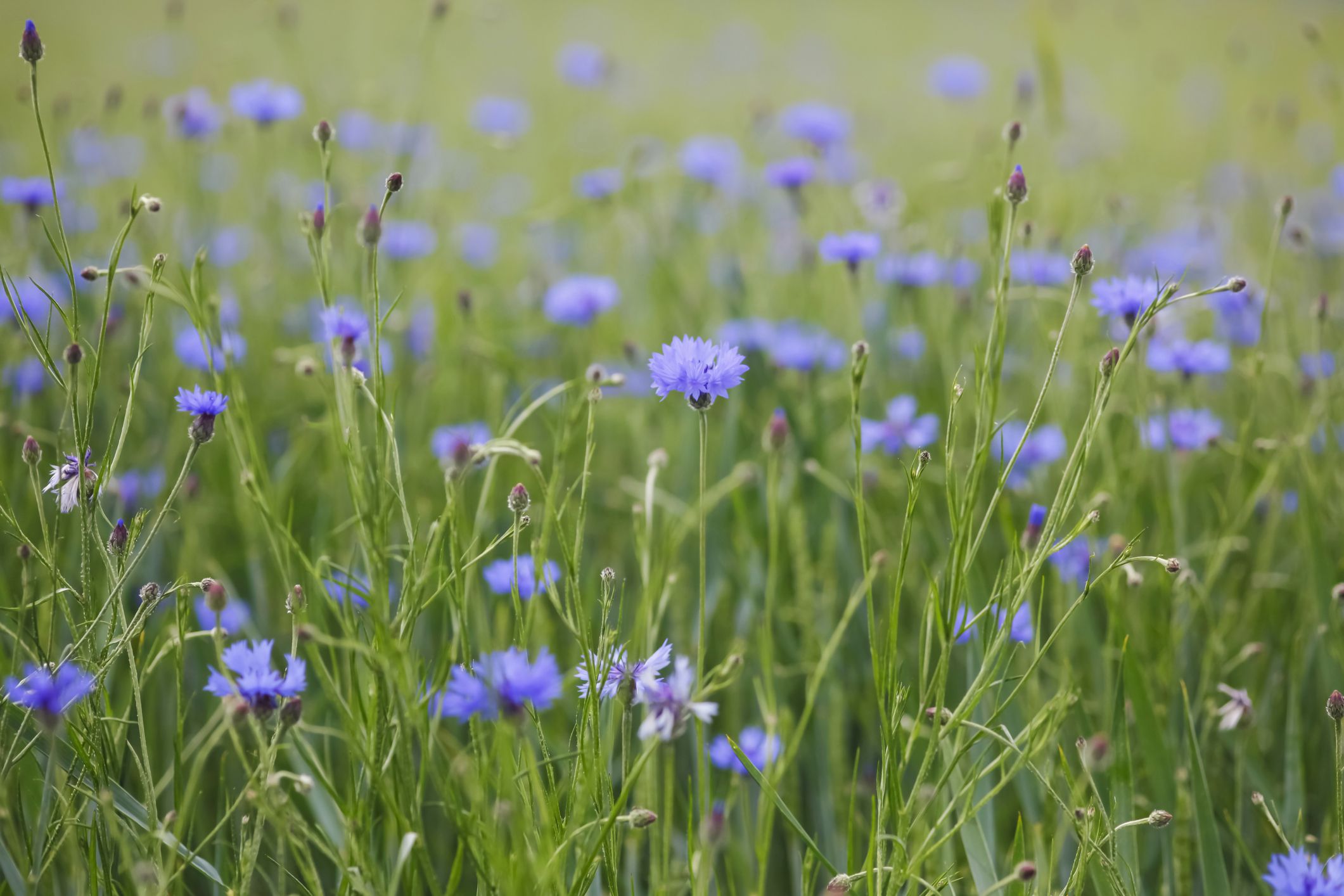

Plant Care & Gardening Tips
What Does A Wildflower Symbolize
Modified: January 5, 2024
Discover the symbolic meaning of wildflowers and their significance in plant care and gardening tips. Explore the beauty and cultural significance of these natural wonders.
(Many of the links in this article redirect to a specific reviewed product. Your purchase of these products through affiliate links helps to generate commission for Storables.com, at no extra cost. Learn more)
Introduction
Welcome to the enchanting world of wildflowers, where nature’s vibrant hues and delicate petals intertwine with cultural symbolism, artistic inspiration, and environmental significance. Wildflowers are not just beautiful blooms adorning landscapes; they hold profound meanings and have been revered throughout history for their diverse symbolism. From the romantic allure of Shakespearean sonnets to the ecological importance in preserving biodiversity, wildflowers embody a rich tapestry of significance that transcends their visual appeal.
In this exploration, we will delve into the captivating history of wildflowers, unravel their cultural symbolism, discover their presence in literature and art, decode the language of flowers, and illuminate their role in environmental conservation. Join us on this journey through meadows and mountains as we uncover the secrets and significance of wildflowers.
Key Takeaways:
- Wildflowers hold deep cultural symbolism, representing love, beauty, and renewal across diverse cultures. Their presence in rituals, art, and literature reflects the enduring connection between humanity and the natural world.
- Wildflowers play a vital role in environmental conservation, supporting biodiversity and sustaining ecosystems. Their vibrant blooms provide essential resources for pollinators and contribute to soil health, highlighting their ecological significance.
Read more: What Does Greenery Symbolize
The History of Wildflowers
Wildflowers have graced the Earth for millennia, their presence intertwined with the evolution of diverse ecosystems and the progression of human civilization. These resilient blooms have flourished in a myriad of habitats, adapting to varying climates and soil conditions, and leaving an indelible mark on the planet’s natural history.
From a historical perspective, wildflowers have been revered by ancient cultures for their medicinal properties, culinary uses, and symbolic significance. The ancient Greeks, renowned for their appreciation of natural beauty, incorporated wildflowers into their mythology and art, attributing symbolic meanings to different floral species. Similarly, in Asia, traditional Chinese medicine utilized a wide array of wildflowers for their healing properties, recognizing the intrinsic connection between nature and human well-being.
During the Victorian era, wildflowers experienced a resurgence in popularity, with the emergence of floriography, the language of flowers. This intricate system of communication through floral symbolism allowed individuals to convey sentiments and emotions through carefully selected blooms, fostering a heightened appreciation for the nuanced meanings associated with each wildflower.
Furthermore, the exploration and documentation of wildflowers by botanists and naturalists throughout history have contributed to our understanding of plant biodiversity and ecological interdependencies. Pioneers such as Carl Linnaeus and Charles Darwin recognized the pivotal role of wildflowers in the intricate web of life, shaping the foundations of modern botanical science and evolutionary theory.
As we traverse through time, the history of wildflowers unfolds as a testament to their enduring allure and profound impact on human culture and the natural world. These resilient blooms have weathered the tides of history, leaving an indelible imprint on the collective consciousness of humanity.
Cultural Symbolism of Wildflowers
Across diverse cultures and civilizations, wildflowers have held symbolic significance, embodying a spectrum of meanings that resonate deeply within the human psyche. These captivating blooms have been intertwined with myths, folklore, and traditions, enriching the tapestry of cultural symbolism with their vibrant hues and delicate forms.
In many ancient societies, wildflowers were revered for their association with deities and spiritual entities. The lotus flower, revered in Hinduism and Buddhism, symbolizes purity and enlightenment, emerging from murky waters unblemished and radiant, serving as a metaphor for spiritual growth and transcendence.
Moreover, wildflowers have often been associated with love, beauty, and the ephemeral nature of life. In European folklore, the bluebell is said to ring to summon fairies, and its presence is believed to signify everlasting love and constancy. The red poppy, with its scarlet petals, has been a symbol of remembrance and sacrifice, particularly in the context of war and commemoration.
Furthermore, wildflowers have held significance in rites of passage and traditional ceremonies, symbolizing renewal, fertility, and the cyclical nature of existence. In Native American cultures, the sunflower embodies resilience, vitality, and a deep connection to the natural world, serving as a symbol of sustenance and spiritual significance.
The cultural symbolism of wildflowers transcends geographical boundaries, weaving a universal narrative that celebrates the enduring beauty and profound symbolism of these enchanting blooms. Their presence in rituals, celebrations, and artistic expressions reflects the intrinsic connection between humanity and the natural world, fostering a deep appreciation for the timeless significance of wildflowers.
Wildflowers in Literature and Art
Throughout the annals of literary and artistic expression, wildflowers have captivated the imagination of poets, writers, and artists, serving as poignant metaphors, vibrant muses, and timeless symbols of beauty and resilience. Their presence in creative works has imbued these blooms with a transcendent allure, elevating them from mere botanical specimens to enduring emblems of human emotion and experience.
In literature, wildflowers have been lauded for their ability to evoke a sense of nostalgia, purity, and fleeting beauty. Poets such as William Wordsworth and Emily Dickinson drew inspiration from the delicate splendor of wildflowers, weaving them into verses that resonate with themes of transience and the sublime beauty of nature. The evocative imagery of wildflowers swaying in meadows and adorning pastoral landscapes has become synonymous with the romantic ideal of natural beauty and untamed grace.
Moreover, wildflowers have been featured prominently in visual arts, from intricate botanical illustrations to sweeping landscapes adorned with vibrant floral displays. The works of renowned artists such as Vincent van Gogh and Georgia O’Keeffe have immortalized the exquisite details and vibrant colors of wildflowers, capturing their ephemeral beauty and timeless allure on canvas. These artistic renderings serve as testaments to the enduring fascination and aesthetic appeal of wildflowers, inviting viewers to immerse themselves in the mesmerizing world of floral splendor.
Furthermore, the symbolism of wildflowers in art and literature extends beyond their aesthetic qualities, encompassing themes of resilience, transformation, and the interconnectedness of all living beings. In works of art and prose, wildflowers often serve as potent symbols of hope, renewal, and the enduring vitality of the natural world, inspiring contemplation and introspection.
As we immerse ourselves in the realm of literature and art, wildflowers emerge as timeless muses, captivating the hearts and minds of creators and audiences alike. Their enduring presence in creative expressions serves as a testament to the profound impact of these blooms on the human imagination and the enduring legacy of their symbolism.
Wildflowers symbolize beauty, freedom, and resilience. They can represent the ability to thrive in difficult conditions and the importance of embracing your unique qualities.
The Language of Wildflowers
Within the intricate realm of floriography, the language of flowers, wildflowers have emerged as eloquent messengers, conveying sentiments, emotions, and hidden meanings through their delicate blooms and vibrant hues. This nuanced system of communication, popularized during the Victorian era, assigned specific meanings to various flowers, allowing individuals to express unspoken sentiments and convey messages through carefully curated floral arrangements.
Each wildflower possesses its own symbolic significance, offering a rich tapestry of meanings that transcends linguistic barriers. For instance, the elegant lavender represents serenity and grace, while the dainty daisy embodies innocence and purity. The vibrant sunflower exudes warmth and adoration, while the resilient dandelion symbolizes resilience and the ability to thrive in adverse conditions.
Furthermore, the arrangement and combination of wildflowers hold significance, as the juxtaposition of different blooms can convey layered messages and intricate narratives. A bouquet adorned with forget-me-nots and violets speaks of enduring love and faithfulness, while a composition featuring poppies and daisies evokes themes of remembrance and youthful innocence.
Moreover, the language of wildflowers extends beyond individual blooms, encompassing the cultural and historical significance of floral symbolism. From ancient myths and folklore to contemporary traditions, wildflowers have been imbued with profound meanings that resonate deeply within the human experience, fostering connections and understanding across diverse cultures and traditions.
As we navigate the enchanting lexicon of wildflowers, we uncover a world where emotions, sentiments, and timeless truths are expressed through the delicate petals and vibrant colors of these blossoms. The language of wildflowers transcends mere botanical symbolism, offering a universal medium through which human emotions and experiences are articulated and celebrated.
Read more: What Does Green Grass Symbolize
Wildflowers and Environmental Conservation
Amidst the breathtaking beauty and cultural significance of wildflowers lies a profound ecological importance that extends far beyond their aesthetic appeal. These resilient blooms play a pivotal role in sustaining diverse ecosystems, preserving biodiversity, and supporting the delicate balance of the natural world. As guardians of the environment, wildflowers contribute to the health and vitality of our planet, serving as vital components of sustainable ecosystems.
Wildflowers, with their diverse array of shapes, colors, and fragrances, provide essential resources for pollinators such as bees, butterflies, and hummingbirds. Their nectar-rich blooms serve as vital sources of sustenance for these invaluable pollinators, facilitating the intricate process of pollination and contributing to the reproduction of numerous plant species. In doing so, wildflowers support the web of life, ensuring the survival of countless organisms and the resilience of ecosystems.
Furthermore, wildflowers are instrumental in stabilizing soil, preventing erosion, and enhancing the fertility of terrestrial habitats. Their intricate root systems bind soil particles, mitigating the impact of erosion and promoting soil health. Additionally, wildflowers contribute to the enrichment of soil through their organic matter, fostering the growth of diverse plant communities and supporting the resilience of terrestrial ecosystems.
Moreover, the conservation of wildflower habitats is critical for safeguarding the genetic diversity of plant species and preserving the intricate interdependencies of ecosystems. By protecting natural habitats that harbor diverse wildflower populations, conservation efforts contribute to the preservation of genetic resources, ensuring the resilience and adaptability of plant species in the face of environmental changes.
As stewards of the natural world, it is imperative that we recognize the invaluable contributions of wildflowers to environmental conservation and biodiversity preservation. By fostering an appreciation for the ecological significance of wildflowers and supporting conservation initiatives, we can uphold the delicate balance of ecosystems and ensure the enduring vitality of our planet for generations to come.
Conclusion
In the intricate tapestry of human experience, wildflowers weave a narrative that transcends time and culture, embodying a rich spectrum of symbolism, ecological significance, and artistic inspiration. From the ancient myths and folklore that celebrate their enduring beauty to the delicate language of flowers that articulates unspoken emotions, wildflowers stand as timeless emblems of nature’s resilience and profound impact on the human spirit.
Through the annals of history, wildflowers have been revered for their medicinal properties, cultural symbolism, and ecological contributions, shaping the collective consciousness of humanity and fostering a deep appreciation for the natural world. Their vibrant hues and delicate forms have inspired poets, artists, and conservationists, serving as muses for creative expression and catalysts for environmental stewardship.
As we navigate the meadows and mountains adorned with wildflowers, we are reminded of the interconnectedness of all living beings and the enduring vitality of the natural world. The conservation of wildflower habitats and the preservation of floral biodiversity are essential endeavors that safeguard the delicate balance of ecosystems and uphold the intrinsic value of these resilient blooms.
In the language of wildflowers, we find a universal medium through which emotions, sentiments, and timeless truths are expressed, fostering connections and understanding across diverse cultures and traditions. Their enduring presence in literature, art, and ecological narratives serves as a testament to the profound impact of these blooms on the human imagination and the enduring legacy of their symbolism.
As we bid adieu to this exploration of wildflowers, let us carry forth an enduring reverence for these enchanting blooms, recognizing their cultural significance, ecological importance, and timeless allure. In celebrating the beauty and symbolism of wildflowers, we honor the intricate web of life and embrace the profound connections that bind humanity to the natural world.
Frequently Asked Questions about What Does A Wildflower Symbolize
Was this page helpful?
At Storables.com, we guarantee accurate and reliable information. Our content, validated by Expert Board Contributors, is crafted following stringent Editorial Policies. We're committed to providing you with well-researched, expert-backed insights for all your informational needs.
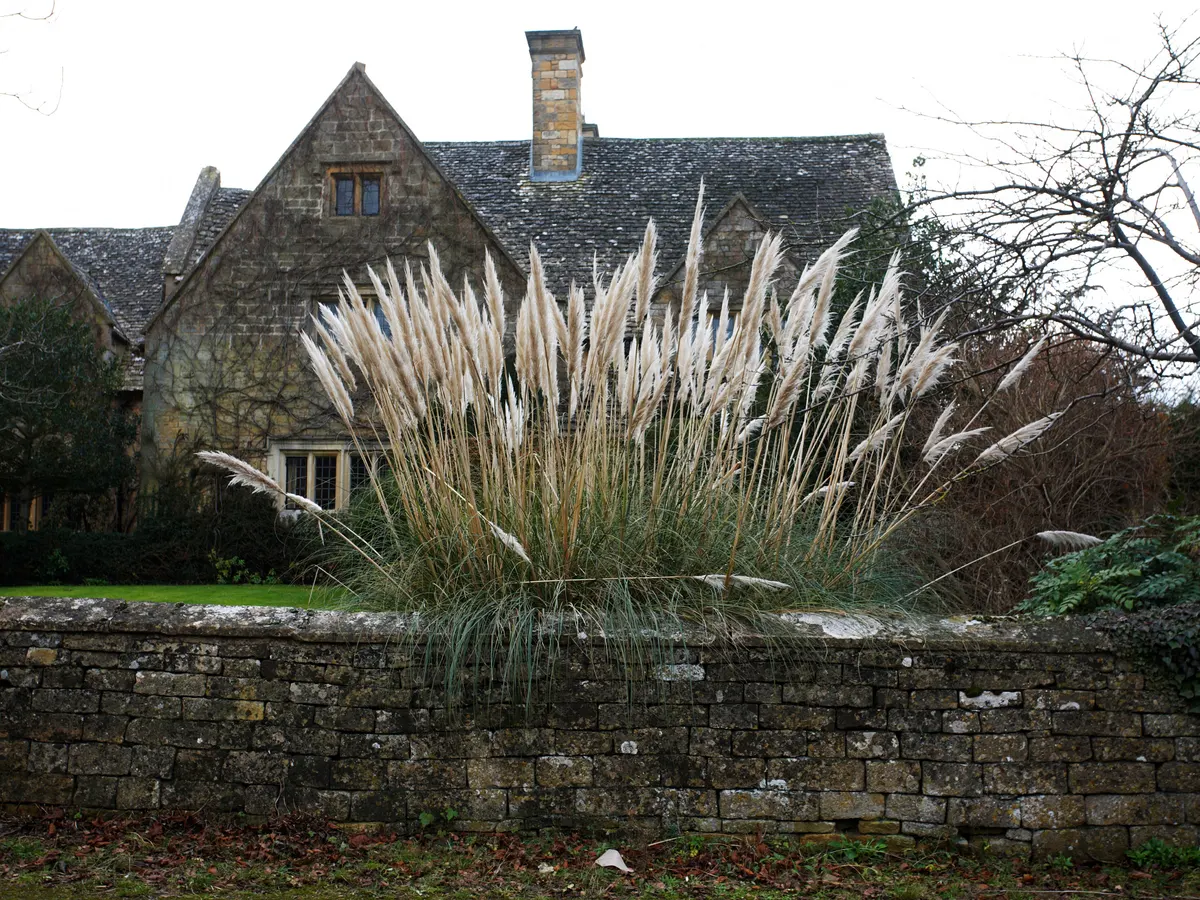
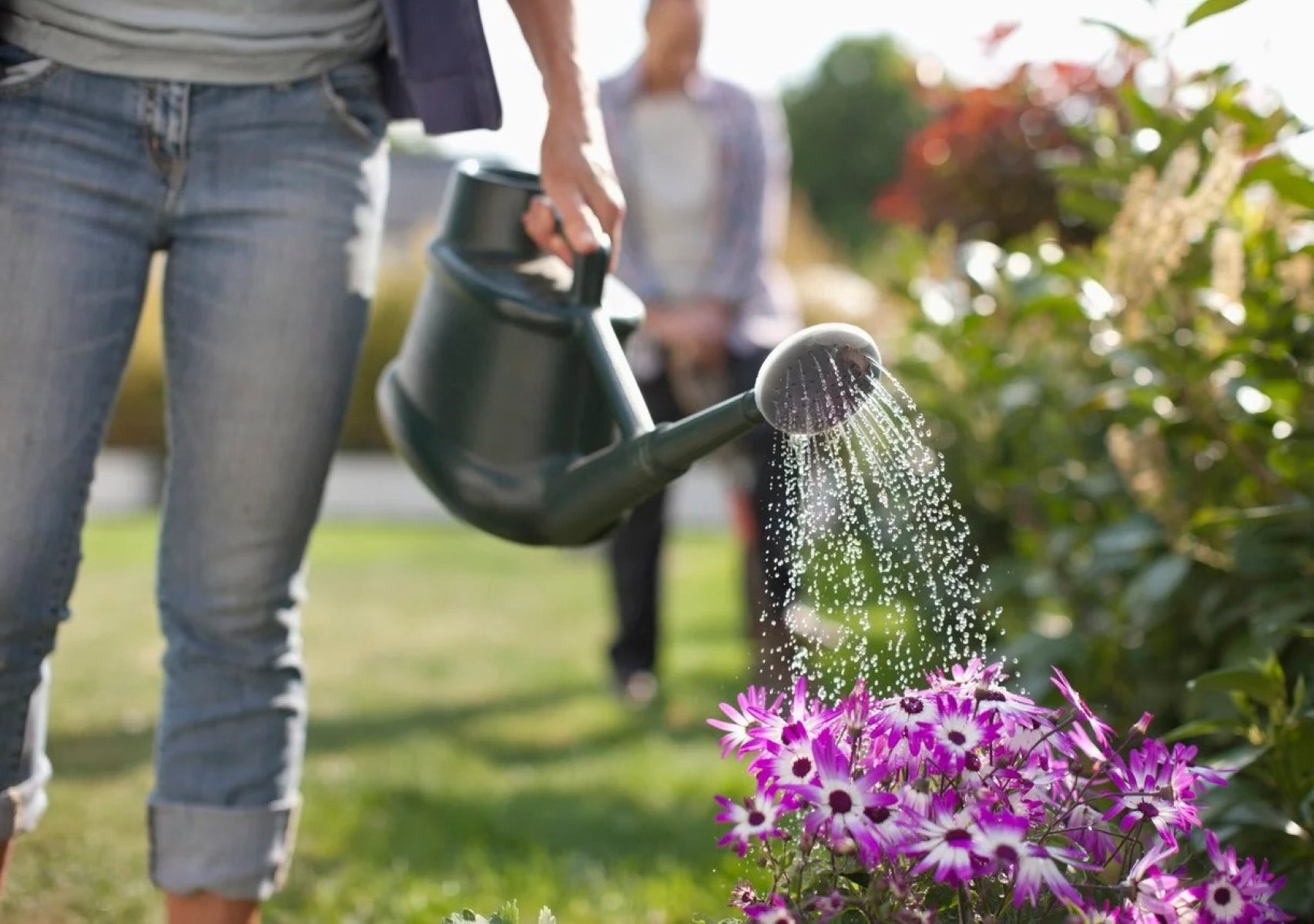


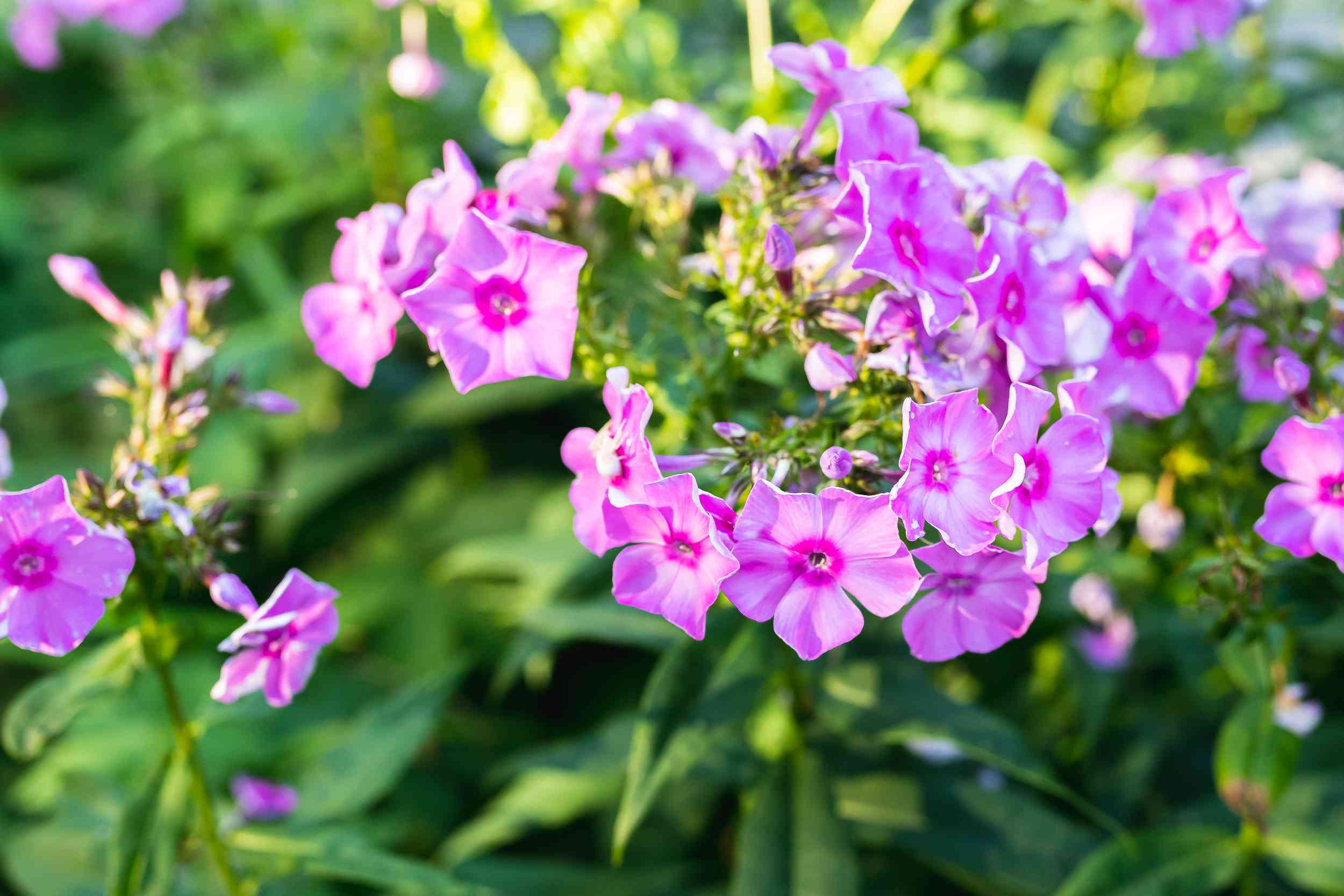
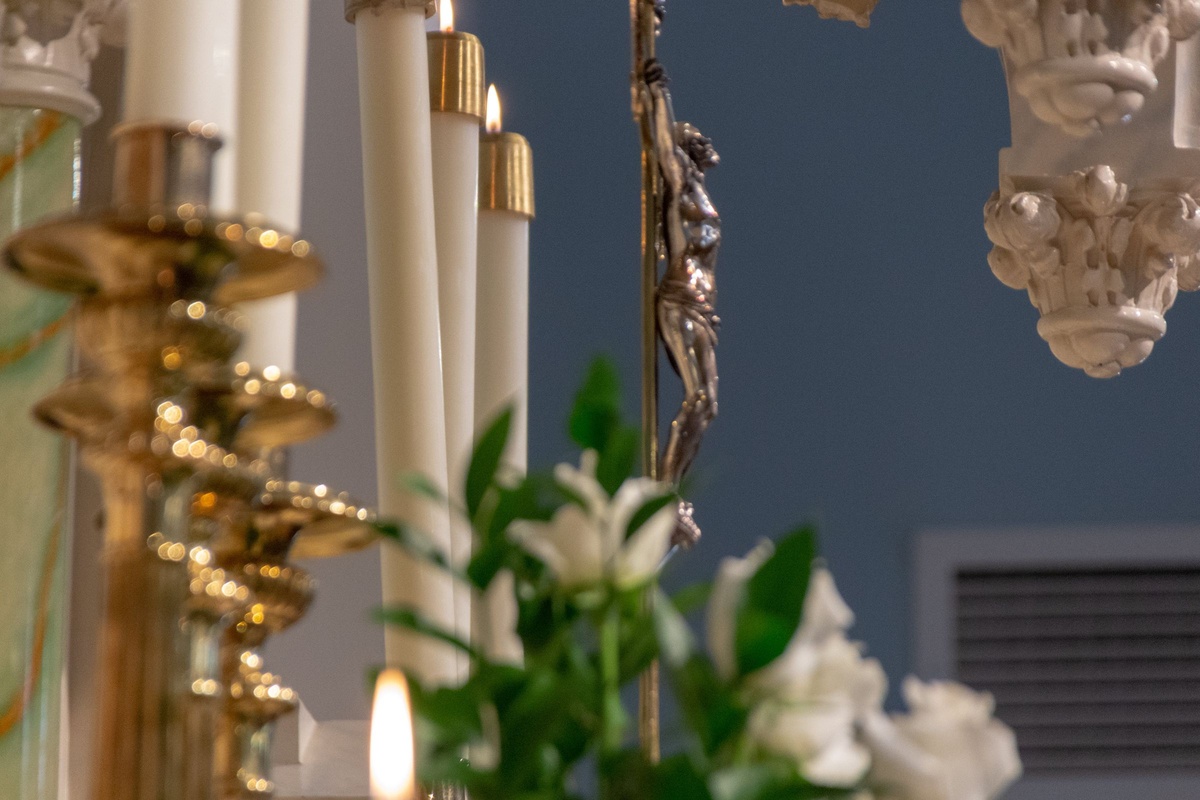


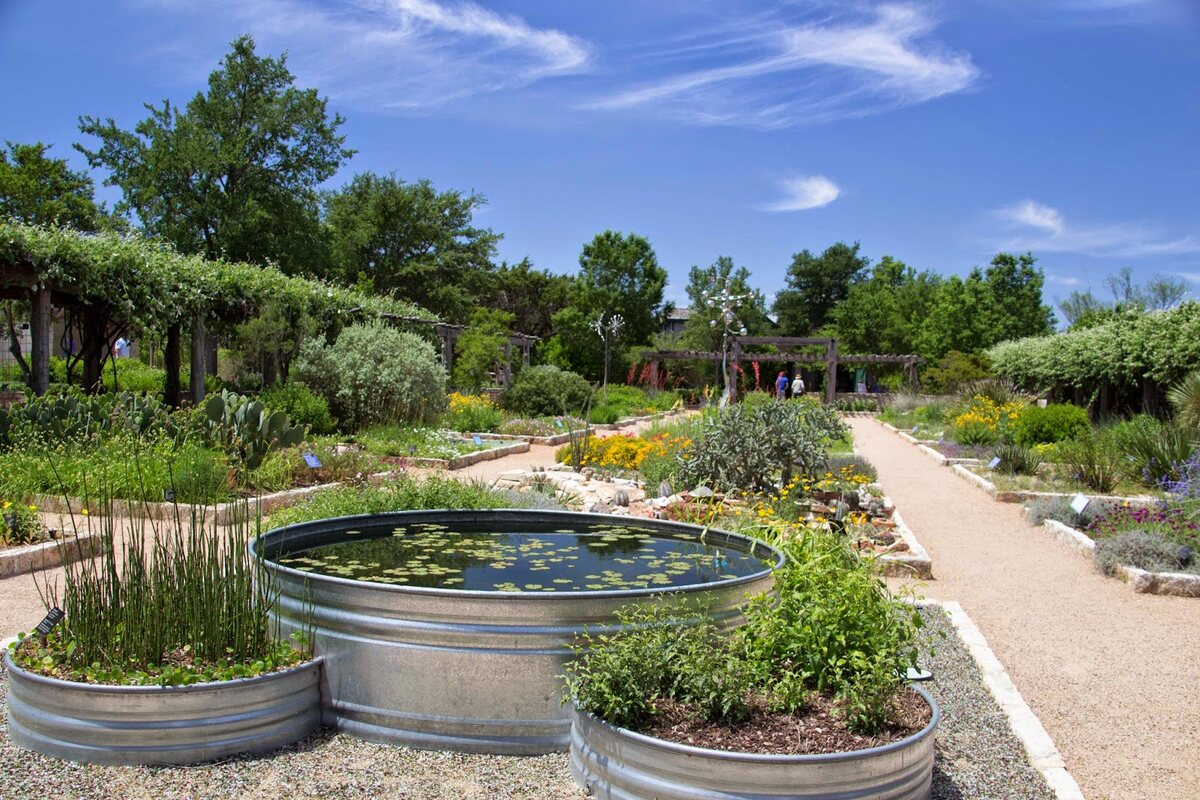
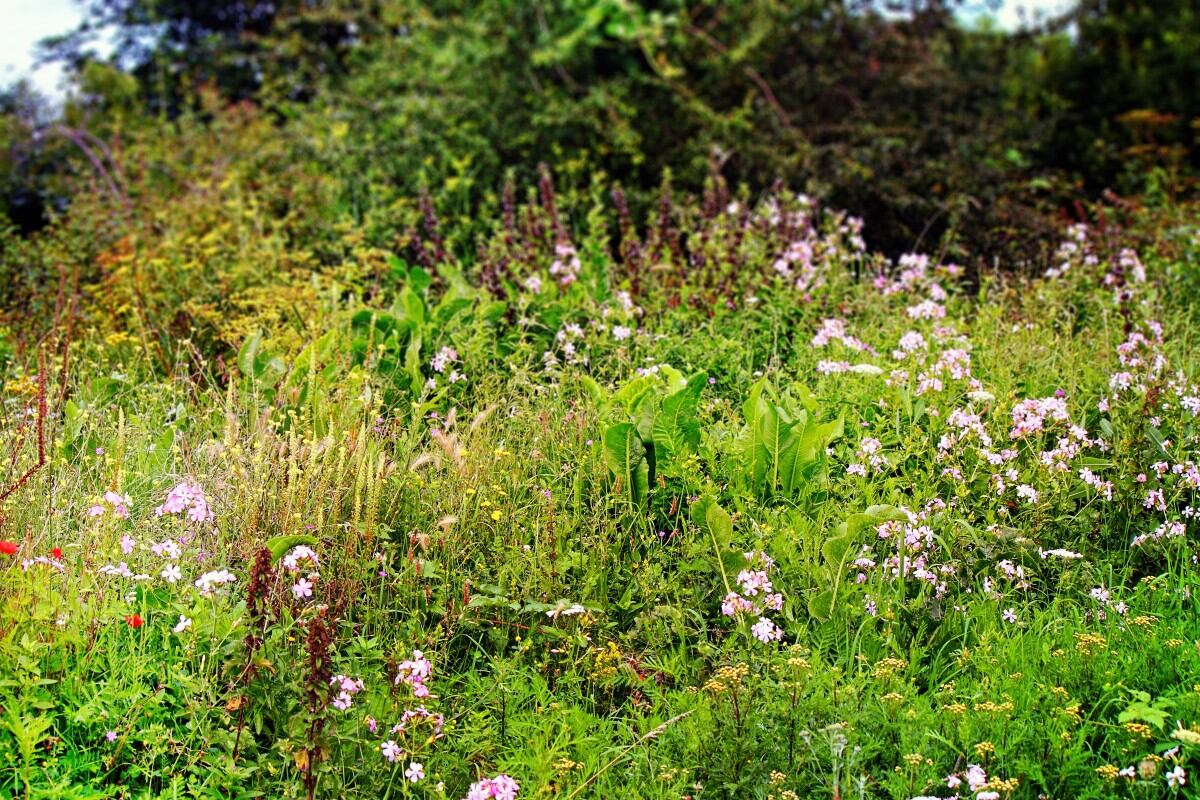
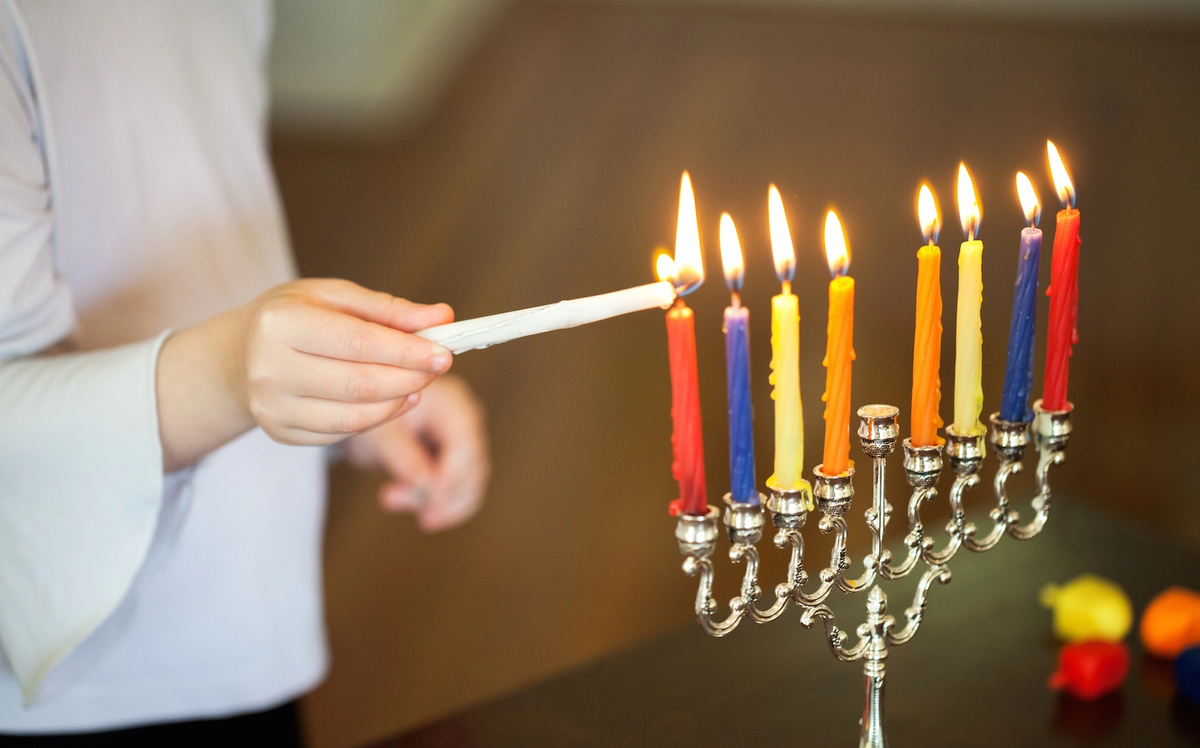
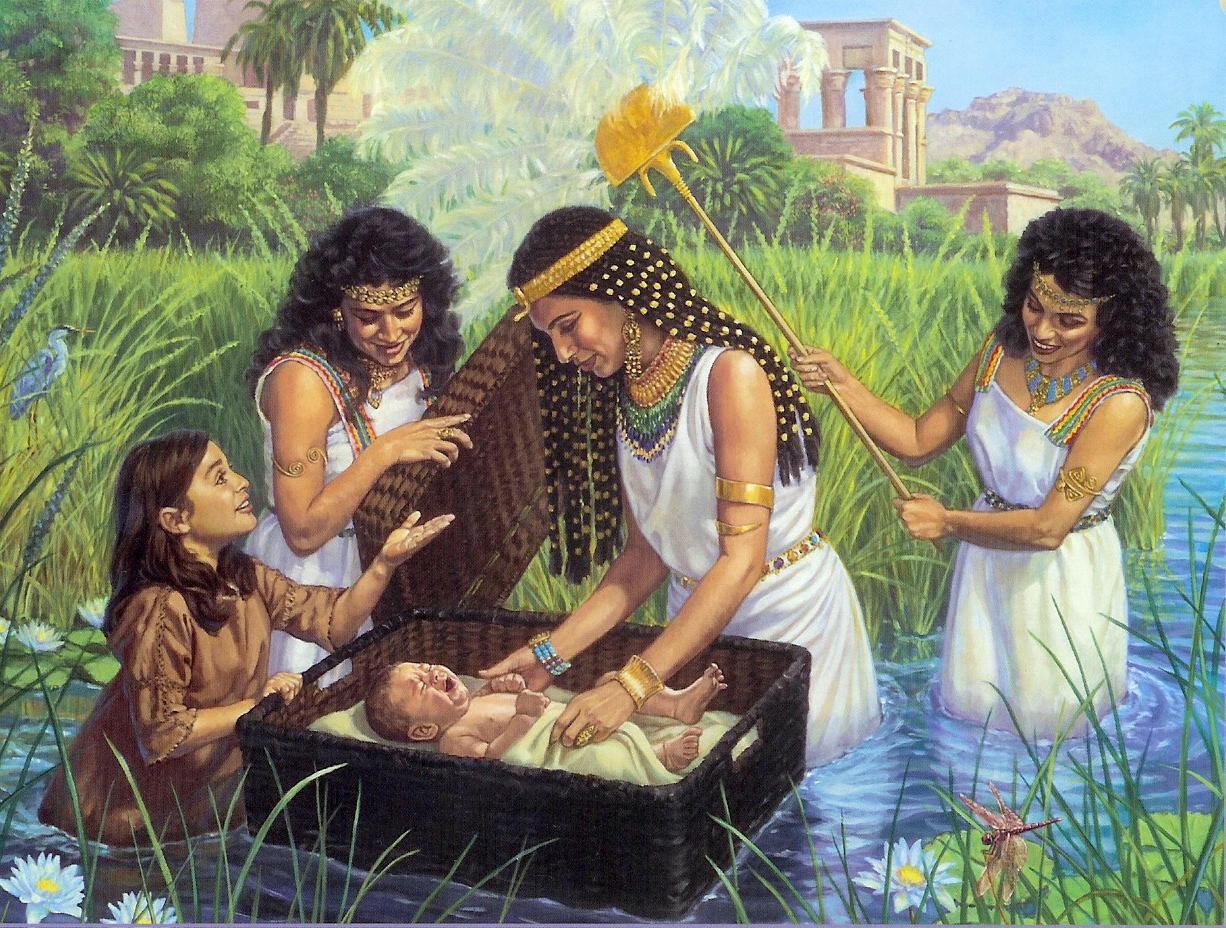
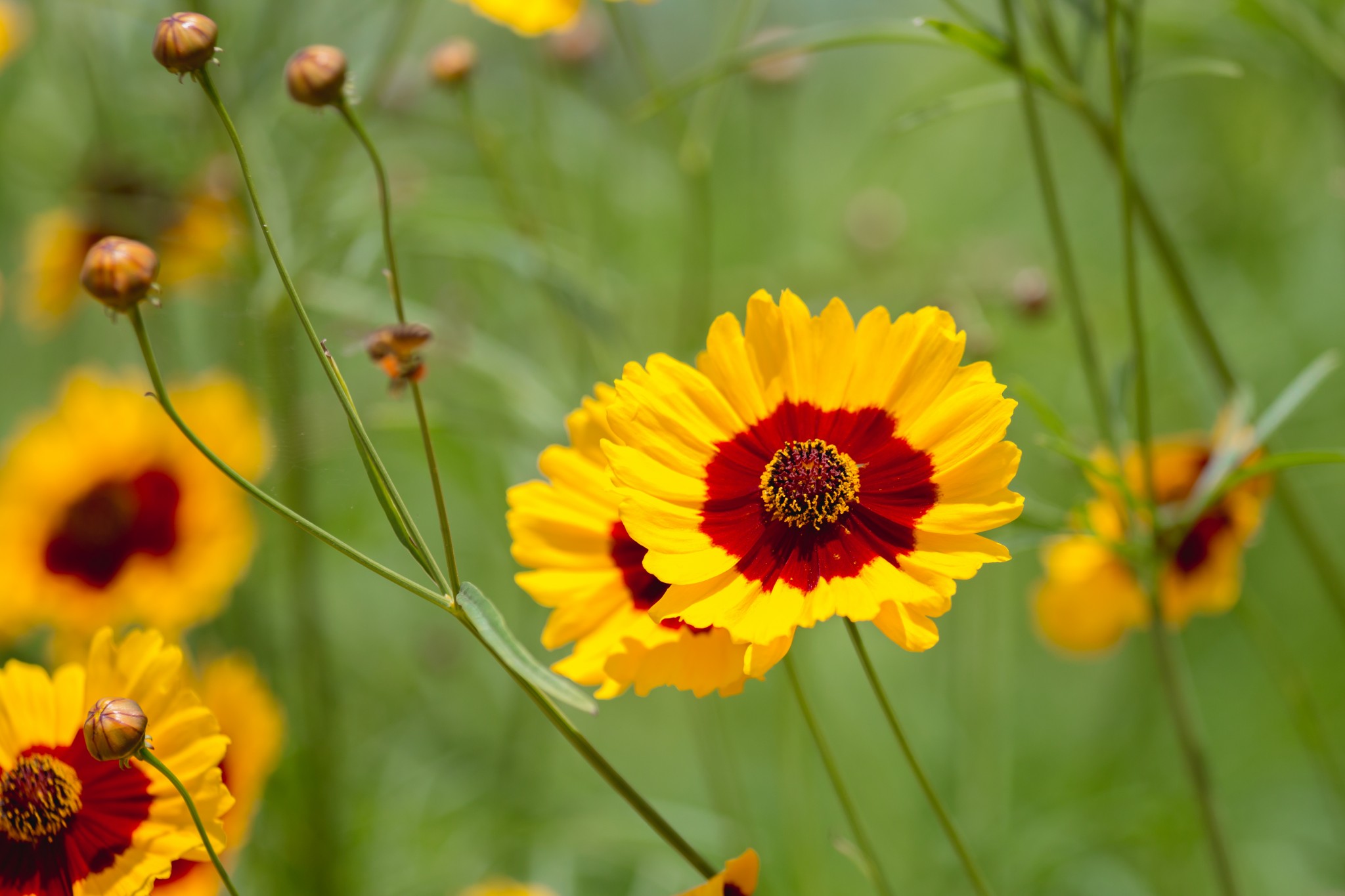


0 thoughts on “What Does A Wildflower Symbolize”